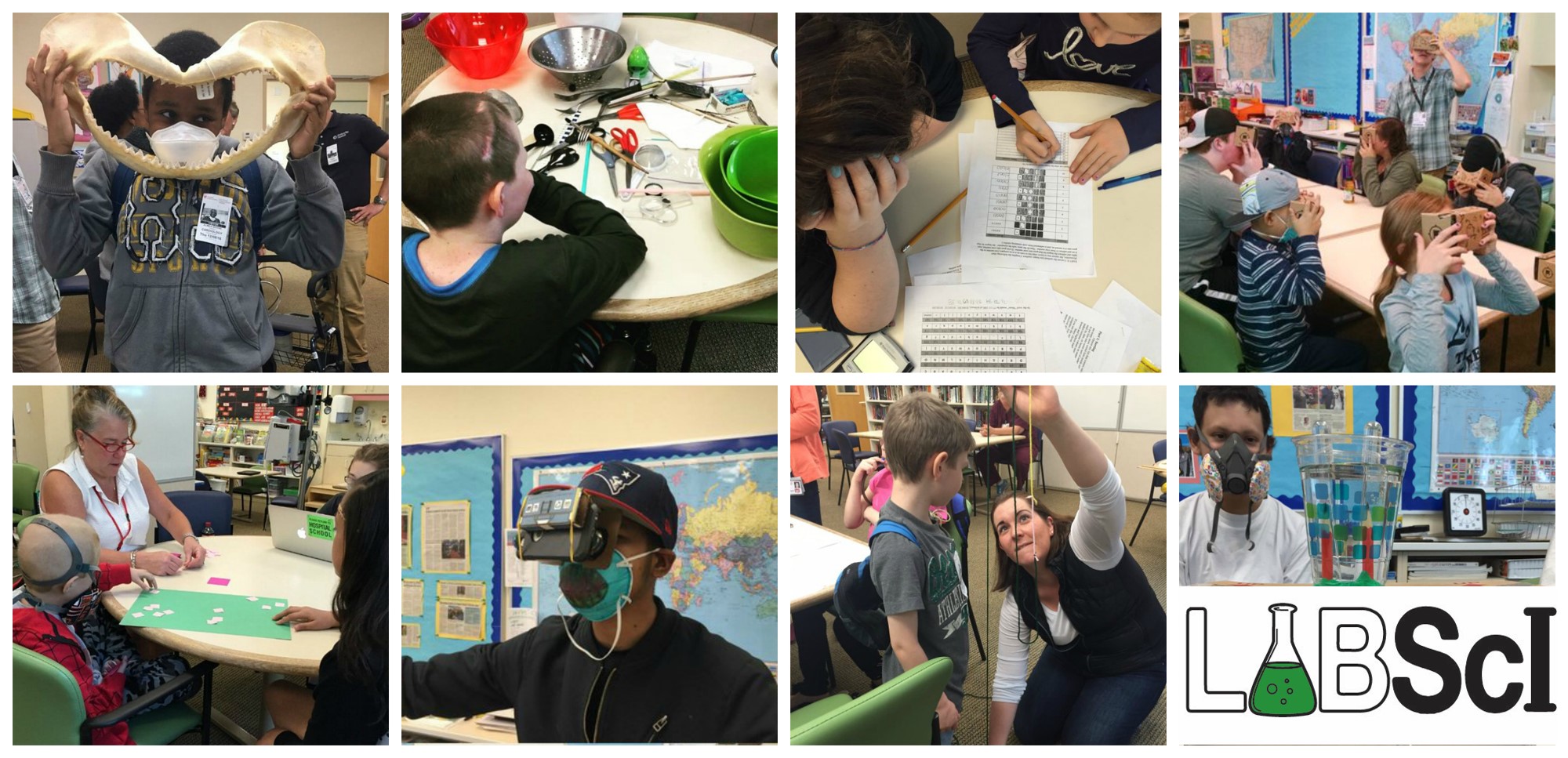In this lab you will shoot a chopstick across the room with a rubber band and measure how different variables affect the distance it flies. You will use concepts of kinetic and potential energy to understand how the chopstick is propelled.
Download the labs!
Student Version
Student Advanced Version
Teacher Version
Recommended Prerequisites:
- Students doing the advanced version of this lab should be comfortable with basic algebra, proportionality, square roots, and arithmetic.
Key Concepts:
- A projectile is a flying object given an initial push. The distance a projectile travels depends on how fast it flies and how much time it takes to hit the ground.
- Conservation of energy: When you stretch a rubber band, you store elastic potential energy. The farther you stretch, the more elastic energy is stored. This can then be converted into kinetic energy (energy associated with motion) to make a projectile fly. The more kinetic energy it has, the faster it flies.
- The kinetic energy of an object of mass m, moving at velocity v is KE = 1/2 mv²
- Physicists can come up with mathematical equations to describe real-world phenomena by using the concept of “proportional to” or “scales as.” We say “x is proportional to y”, or write “𝑥 ∝ 𝑦”, if x is equal to y times some constant.
Materials:
For each group (2-4 students per group) you will need the following:
- 1 wooden chopstick
- Mark the tail end at 1 cm intervals (up to 5 cm).
- Test your projectile before running the lab. If the chopstick flies too far (i.e., if it hits a wall before hitting the ground), you can add a couple of metal nuts to the tip to reduce the distance the chopstick will fly.
- 1 pint-sized milk carton
- 1 pair of scissors or knife that you can use to make holes in the milk carton
- 1 meter stick or tape measure
- masking tape
- 1 balance, consisting of a wooden or cardboard bar with a hole at the center and two holes equidistant from the center, with a Ziploc bag attached to each edge hole (some wooden rulers already have holes punched for making such a balance)
- 1 rubber band (standard 5 mm size or similar)
- several grams of Play-Doh or modeling clay
- stack of textbooks or other props to increase the launch height
- a flat table or desk of reasonable height, with at least ~3 m free space in front of it
- ideally, 1 calculator per student; at a minimum, 1 per group
